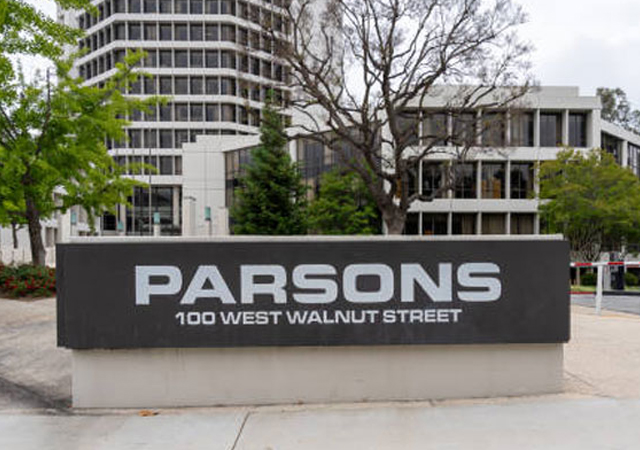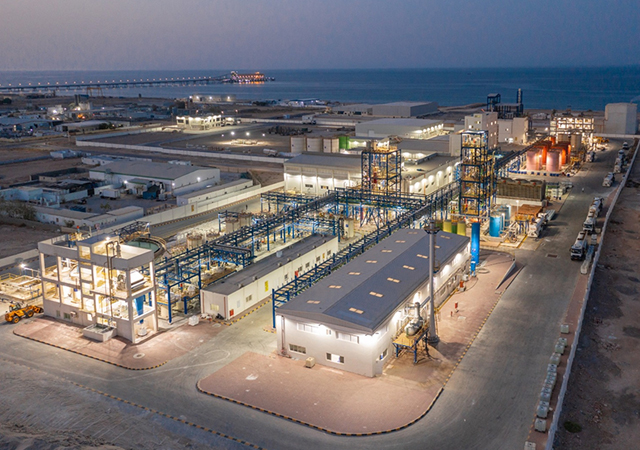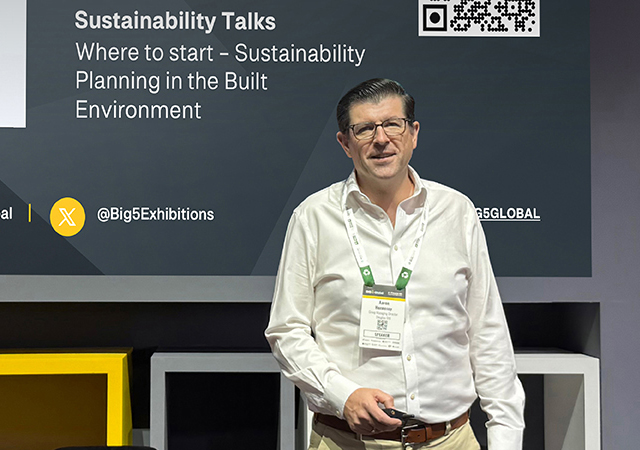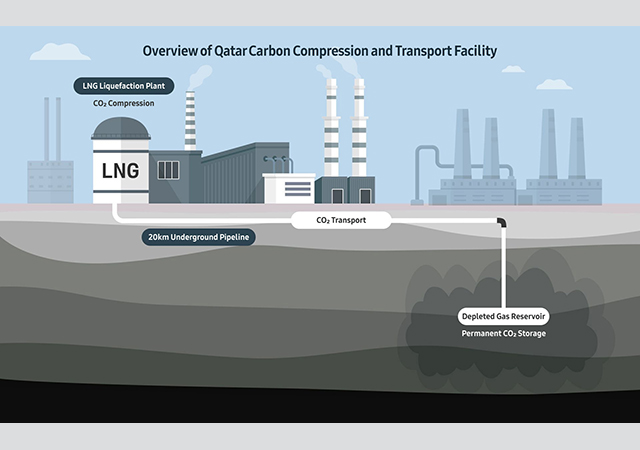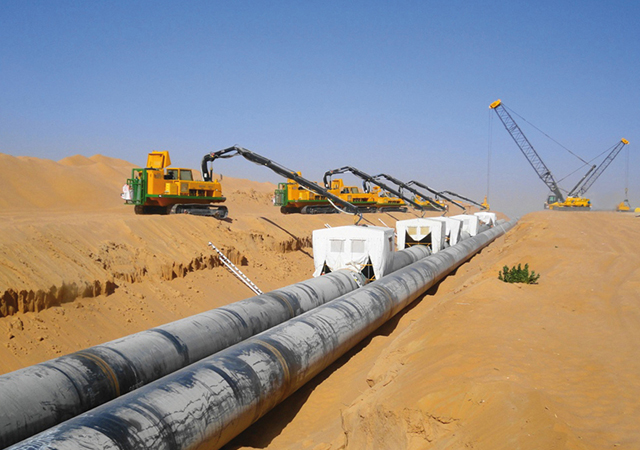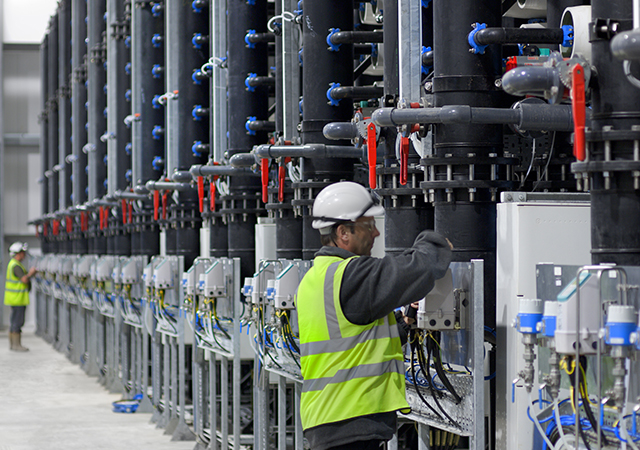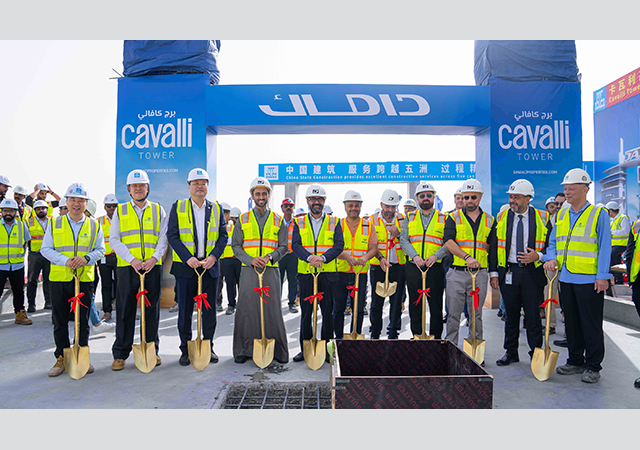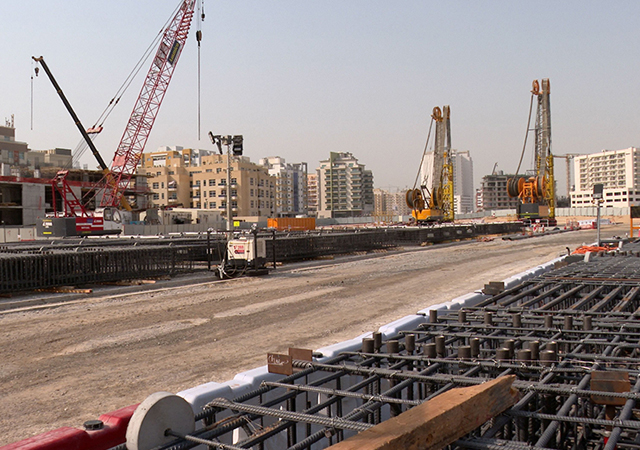 The EC46OB at work on the silos.
The EC46OB at work on the silos.
The long-reach EC460B, the flagship of the Volvo excavator line with an operating weight of 47.9 tonnes and a powerful 228 kW-engine driving operations, has been put to use at some of the very demanding projects.
Its smooth hydraulics mean that even when fitted with a 30 m boom it is able to demolish tall structures with relative ease.
The unit was also used as a traditional excavator to remove the demolished material and it is this dual-purpose versatility of the machine that first attracted Cantieri Moderni, a demolition contractor which has dismantled six storage silos at the Lafarge cement works on the banks of Lake Iseo in northern Italy.
Preserving the environment around a condemned structure is a relatively common problem for demolition contractors. But the consequences of not getting the job right vary greatly. And it's not every day a contractor is faced with the prospect of contaminating a local community's water supply and destroying marine life.
Lake Iseo is nestled in the hills between Bergamo and Brescia and is a major source of water for local communities as well as a popular tourist destination and home to many species of fish. Fortunately the company is undaunted by this job's potential for disaster, being one of the largest demolition contractors in Italy and having undertaken a variety of equally hazardous projects throughout Italy and also in Belgium.
'The company also takes comfort from the fact it has a Volvo EC460B LC long reach excavator to handle the work,' says a spokesman for Volvo Construction Equipment (VCE), its Swedish manufacturer.
Virginio Longhi a co-director at Cantieri Moderni, comments: 'We first saw this machine at bauma 2001 and we instantly liked the possibility of having two booms - one suited for excavation work and the other for demolition. On some sites there just isn't room to have two excavators - one for demolition work and the other for excavation of the demolished material. In such cases we call on the EC460B because we can change the boom in less than 30 minutes. This is important as sometimes we need to do it four times in one day.'
It is the speed with which the boom can be changed that has really impressed the management at Cantieri Moderni but the operator on the Lafarge project points to the ease of control, which allows him to work at optimum speed, according to VCE.
All of Volvo's excavators feature load sensing hydraulics which, when used in conjunction with variable displacement axial piston pumps, ensure the delivery of optimum pressure by driving exactly the right amount of hydraulic oil through the lines. This means close control when the unit is used with the demolition boom, or optimum cycle times when working as a standard excavator.
'Such control is essential on a project as complex as the Lafarge one, where the operator must be able to rely on the machine's performance as there are so many external factors to consider. One particular problem is the proximity of neighbouring buildings and also the lake, which is only 10 m from the silos. Breaking off sections that are too large may cause debris to crash into the nearby factory or, worse still, to fall into the lake,' the spokesman says.
To make matters worse, the hot Italian summer brings additional dust. The dust itself is no problem as it can be damped with a water spray, but the amount of water used must be moderated to ensure polluted material is not washed into the lake, he adds.
All of which means the operator must remain fully focused, and a major factor in ensuring he does is the cab. Says Longhi: 'All our operators like the Volvo machines because the noise levels in the cab are much lower.' A sound-absorbing lining stretches around the cab's interior to dampen noise levels and the EC460B boasts sound levels of 109 dB externally and just 73 dB in the cab. This apart, features such as air conditioning (distributed through 13 individual vents) and an ergonomic driver's seat means the operator experiences a maximum level of comfort.
Demolition by a long-reach excavator proved the only option for Lafarge on this project as blasting would have damaged the nearby factory and demolishing the silos with crane and wrecking ball risked too much dust and debris damage, says VCE.





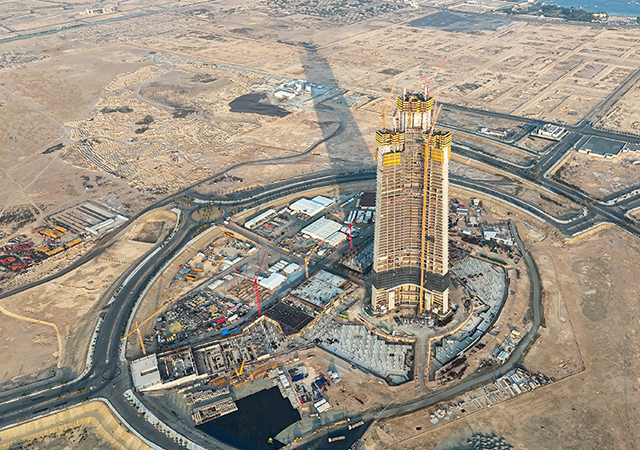


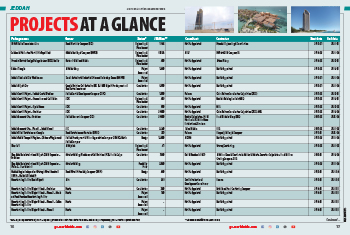
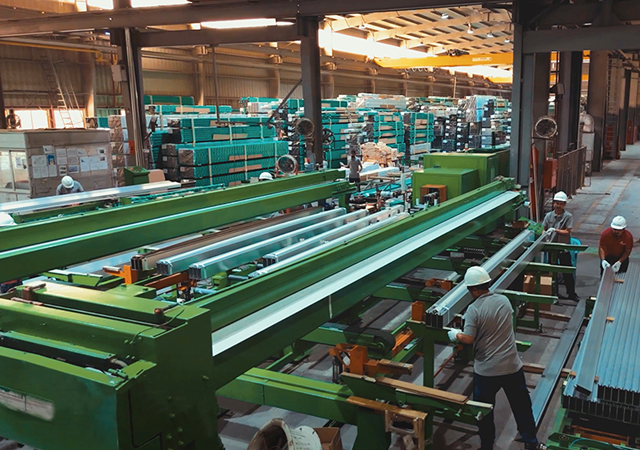







.jpg)





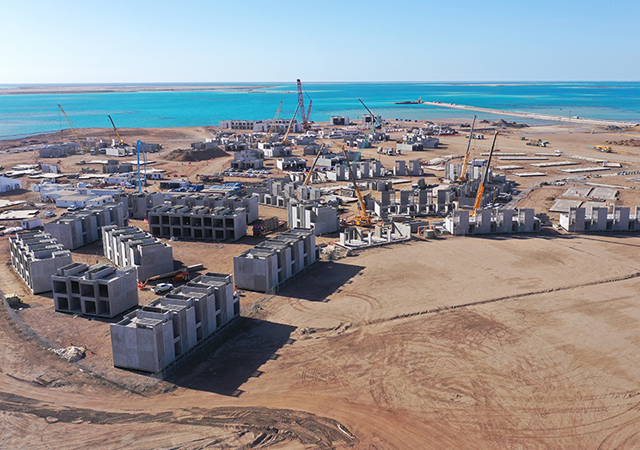





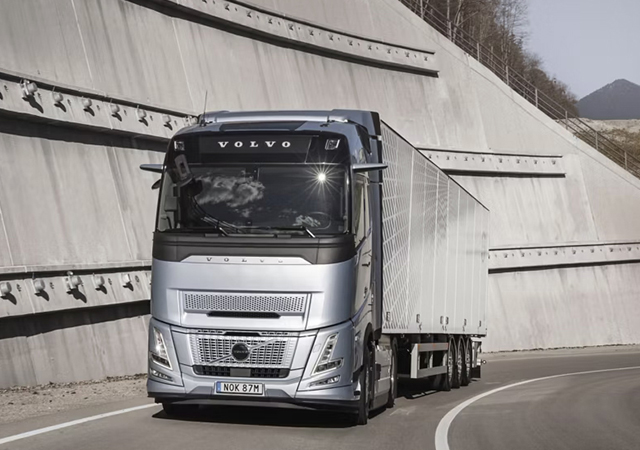
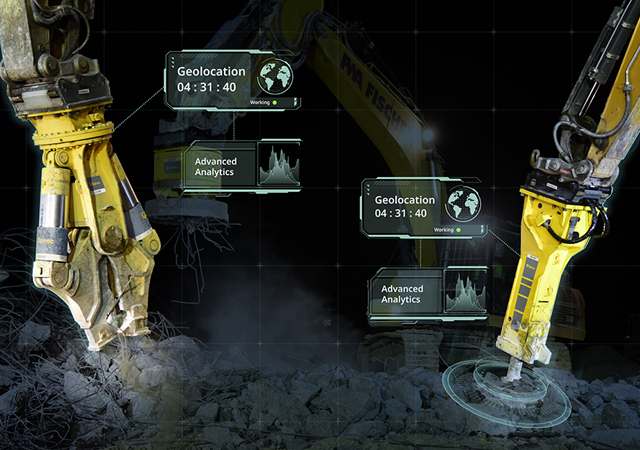
 (1).jpg)


